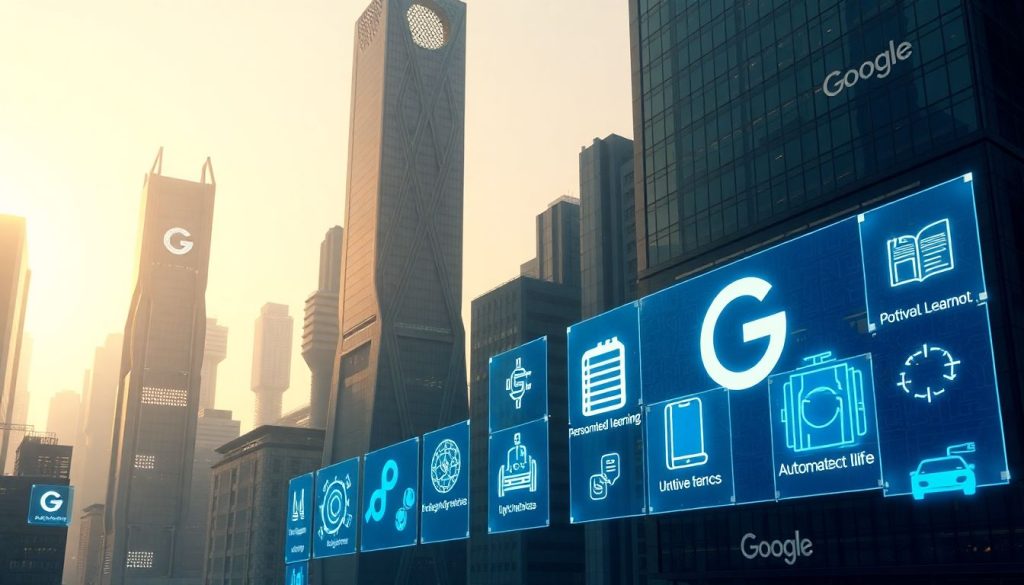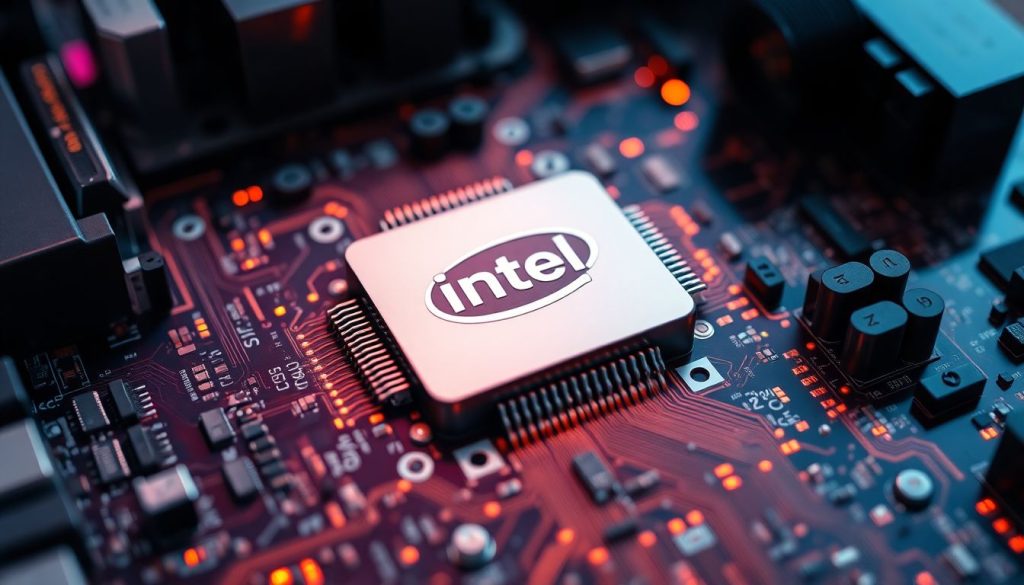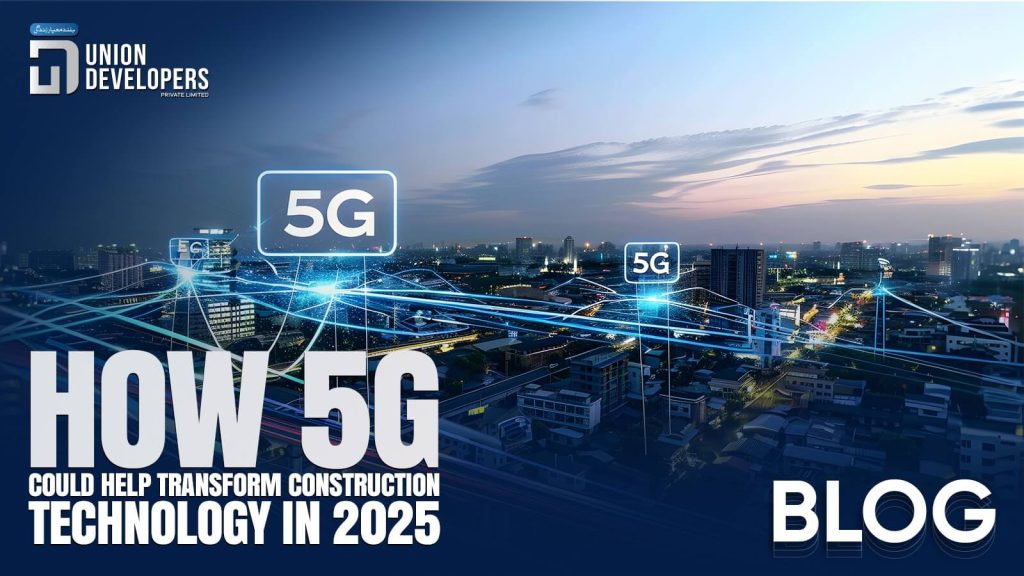How to make money from Tik Tok videos?

How to Make Money on TikTok: A Comprehensive Guide Did you know that TikTok has over 1 billion active users worldwide? This booming user base offers a huge opportunity for monetization. Whether you’re a dancer, chef, or someone with a unique talent, there are multiple ways to turn your TikTok videos into cash. This guide […]
Will ChatGPT Take Over Our Minds? Exploring the Future of AI Assistants

The rapid advancement of artificial intelligence (AI) is an exciting yet scary journey. Technologies like ChatGPT are reshaping how we interact with machines. While some see great promise, others worry about potential risks. Among these fears is a pressing question: Could AI invade our minds in the future? The Rise of […]
How to Enable YouTube Affiliate Monetization Feature

How to Enable YouTube Affiliate Monetization Feature YouTube has become one of the leading platforms for content creators to generate income. Among the numerous opportunities it offers, affiliate monetization stands out as a reliable and flexible method to earn passive income. In this article, we’ll explore how to enable YouTube’s affiliate monetization feature, its requirements, […]
Great Evil Projects That Will Bring About the End of Humanity

Great Evil Projects That Will Bring About the End of Humanity From the promise of advancing technologies to the dangers of crossing ethical boundaries, human innovation can sometimes take a dark turn. Throughout history, the pursuit of power and progress has often led to projects with catastrophic consequences. In today’s rapidly evolving world, some initiatives […]
Business people who are at the top of the world in the technological field

Business Leaders at the Pinnacle of the Tech Industry Visionary leaders in technology don’t just shape their companies—they redefine industries, inspire change, and challenge how the world works. These individuals have transformed technological advancements into tools that touch nearly every aspect of modern life. Here’s a closer look at four prominent figures who have changed […]
Google’s Groundbreaking New Services for 2025: What You Need to Know

Google’s Groundbreaking New Services for 2025: What You Need to Know Technological advancements are changing our lives more quickly than ever. Google has always been at the forefront of this innovation, transforming how we access information and communicate. As we look ahead to 2025, Google is set to unveil several groundbreaking services that can […]
Apple’s sales target for the iPhone 16 model in 2025

Apple’s Sales Target for the iPhone 16 Model in 2025 Introduction In the fast-paced world of technology, Apple continues to set the bar high with its innovative products. One of the most highly anticipated releases is the iPhone 16 model, expected to hit the market in 2025. As industry experts speculate on the features and […]
What are the features that distinguish Intel 15th generation processors from other generations?

Intel 15th Gen Processors: A Comprehensive Guide to New Features The world of CPUs is always changing, and Intel’s 15th generation processors are a big step forward. These new chips promise better performance, enhanced graphics, and improved efficiency. Let’s take a closer look at what sets them apart from their predecessors. The Hype Around […]
What is the easiest way to make your website an app on Google?

Effortlessly Transform Your Website into a Google App: The Ultimate Guide The rise of mobile usage is hard to ignore. Studies show that over 50% of web traffic comes from mobile devices, and users often prefer apps for their convenience. This shift highlights the importance of making your website easily accessible as an app. […]
What do the events taking place in America herald?

What Do Current American Events Foreshadow? A Look at Potential Futures Current events in America show some startling trends, like a recent poll indicating 75% of Americans feel divided on major issues. These feelings of unrest hint at deeper problems. In this article, we will explore the political, economic, social, and global shifts that […]
Why are there always fires in California forests?

Devastating California Wildfires: Understanding the Persistent Threat California faces a severe wildfire crisis that seems to reoccur every year, threatening lives, property, and the environment. The scale of this problem is staggering, with millions of acres burned and billions lost in the aftermath. As wildfires become more frequent, understanding their roots becomes crucial. The […]
How Will My Carbon Footprint Affect Me in 2025?

Climate change is gaining speed. By 2025, global temperatures could rise by 1.5 degrees Celsius compared to pre-industrial levels, leading to alarming shifts in daily life. Your carbon footprint refers to the total greenhouse gases you emit, and understanding it is vital. This article will explore how carbon footprints will impact people in 2025, […]
What Are the Biggest Tech Changes in 2025?

What Are the Biggest Tech Changes in 2025? The technological landscape is changing faster than we can imagine. From artificial intelligence to immersive virtual environments, these innovations are transforming how we live, work, and interact. As we look toward 2025, predicting the trends that will shape our future presents both excitement and a challenge. In […]
How 5G Is Changing How We Connect in 2025

How 5G Is Revolutionizing Connectivity in 2025: A Glimpse into the Future The world is on the brink of a connectivity revolution. In 2025, 5G will redefine how we connect, interact, and access information. The advancements in mobile and Internet technology usher in a new era where everything is faster, smarter, and more connected. The […]
When will nvidia geforce rtx 5070 ti be available?

When Will the NVIDIA GeForce RTX 5070 Ti Be Available? The excitement surrounding the NVIDIA GeForce RTX 5070 Ti is palpable. Gamers and tech enthusiasts are eagerly awaiting the newest addition to the NVIDIA family. But the big question remains: when will it actually be available? The Anticipation Builds: Hype Surrounding the RTX 5070 Ti […]
Details of the Nvidia RTX 5070 graphics card have been announced

The Future of Gaming: Unveiling the Nvidia RTX 5070 Graphics Card In an exhilarating announcement that has sent ripples through the gaming and tech industries, Nvidia has unveiled the specifications of its latest graphics card, the RTX 5070. As gamers and content creators alike await its release, this new card promises to deliver significant performance […]


